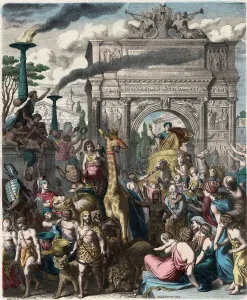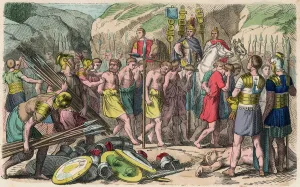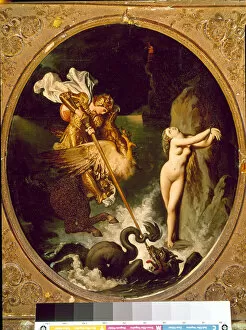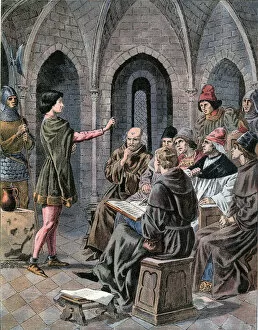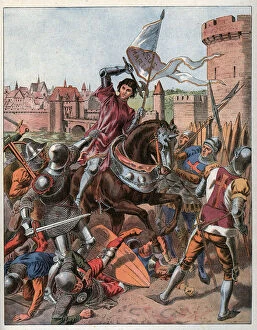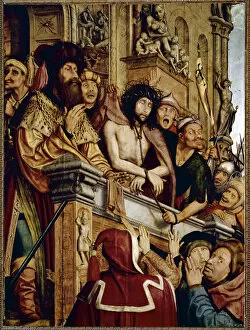Prigioniero Collection
"Captivity and Liberation: A Glimpse into the World of Prigioniero" In ancient Rome, captured enemies were not only subdued but also harnessed
All Professionally Made to Order for Quick Shipping
"Captivity and Liberation: A Glimpse into the World of Prigioniero" In ancient Rome, captured enemies were not only subdued but also harnessed, their freedom stripped away. The triumphal processions in the Roman Forum showcased the might and power of the conquerors, while reminding the prisoners of their defeat. However, history tells us that liberation can come even in the darkest moments. Roger's valiant act of delivering Angelique from her reclusion serves as a reminder that torment is not always necessary for those guilty of crimes. Imprisonment alone can be punishment enough. The silhouette of a prisoner chained depicts both confinement and despair. Yet, if it is a criminal who awaits his fate, death may come swiftly to end his suffering. Such was the brutal reality depicted in aquatints from early 19th century. Security measures are often deemed necessary to protect society; however, when they become as barbaric as the crime itself, questions arise about justice and humanity. The engraving portraying a prisoner sitting helplessly in chains raises such concerns. Even renowned figures like General Marius could find themselves at mercy's edge when fleeing from powerful adversaries like Sulla. In Minturnae, he was captured but spared execution by foreign slaves who dared not harm him. Ancient Egypt too had its share of cruel punishments - prisoners brought before Pharaoh Ramses II faced having their hands severed as an act of victory over them. Lastly, we remember Joan of Arc interrogated during her trial - a symbol of courage amidst adversity. Her unwavering spirit challenged those who sought to confine her within prison walls. These glimpses into various periods remind us that captivity and liberation have been intertwined throughout history – sometimes marked by cruelty or mercy – reflecting both our capacity for oppression and our potential for compassion.

